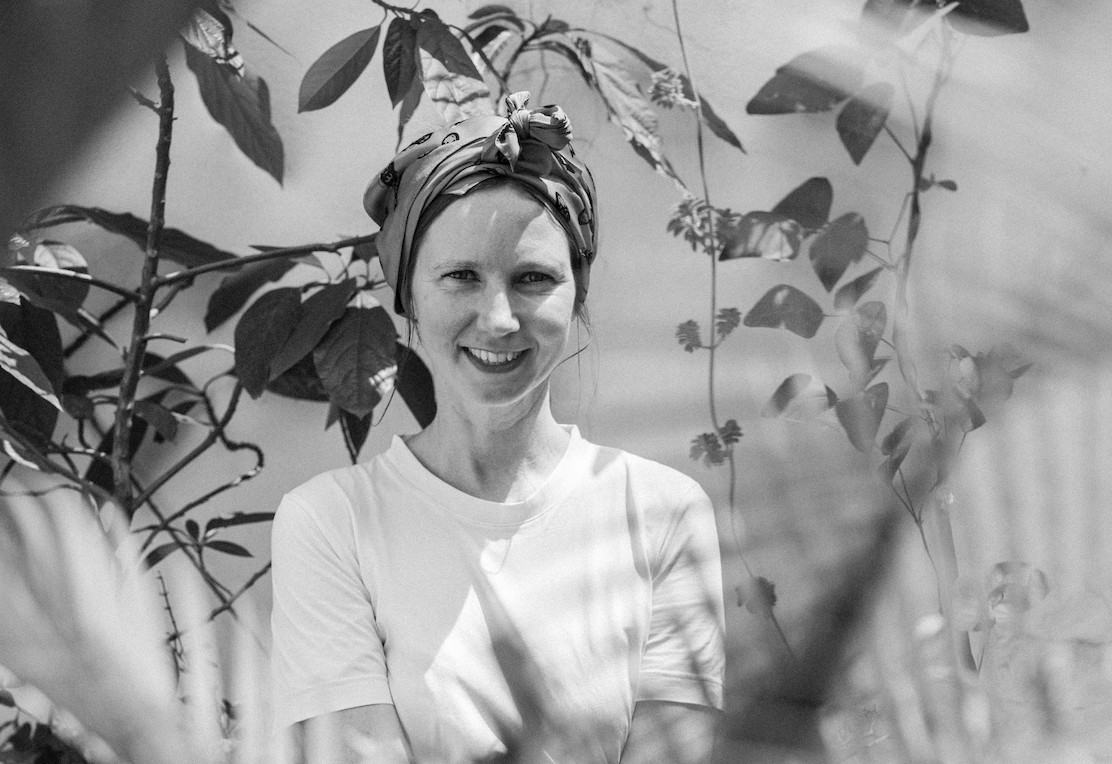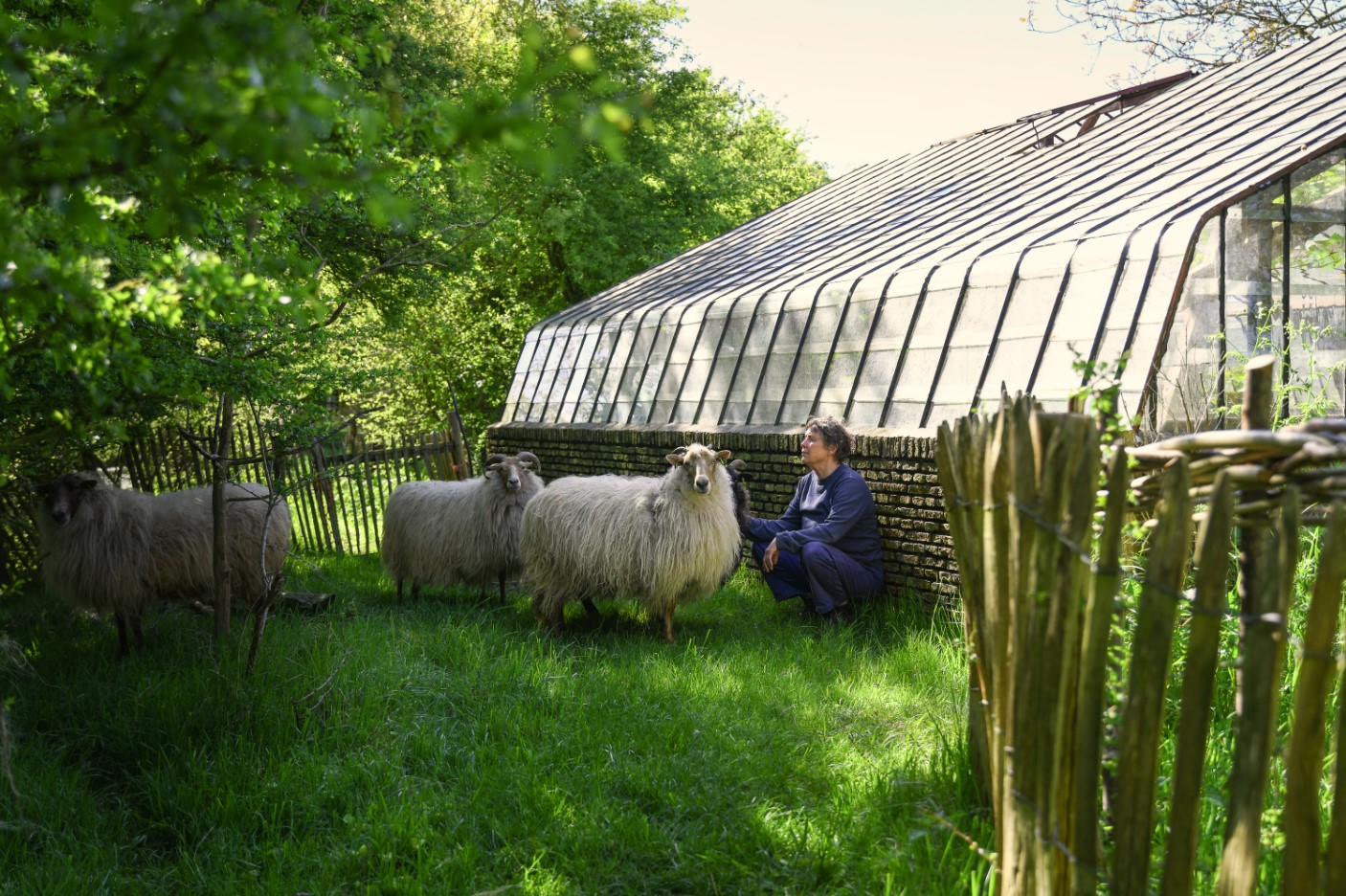Interview: Huy Pham • Photo: Lilian van Daal & Studio Synergy
But here's the catch: the chair's glow depends on the temperature difference between your body and the surrounding air. As the surrounding temperature rises, the chair's glow diminishes, reminding us of our urgent role in addressing the climate crisis. Sitting on the Peltchair and observing as the lights slowly diminish, designer Lilian van Daal and Studio Synergy invite us to think about how we can tackle this challenge together.
Lilian, could you tell us how this project came to be?
Leon Houben from Studio Synergy contacted me, and wanted to meet. After meeting each other we thought it would be nice if we could collaborate, because we knew we both had knowledge about other stuff and could help each other in doing an innovative project. After this meeting, Leon contacted me pretty fast about an idea he already had for a while. We both were enthusiastic about the concept and thought we could make it happen. We got MIT funding from Gemeente Gelderland and used this to do 1,5 years of research, which resulted in the Peltchair project.
How did the idea of using the Peltier-Seebeck effect come about?
Having a background in astronomy, Leon knew about the technology of Peltier-elements where they are used to cool CCD cameras. Since he makes awareness installations within Studio Synergy, he had the bold idea to make a work around these elements in which they are repurposed to produce a functional amount of energy using only the warmth of a person's body. He had no idea if this would be possible, but had a hunch this could be pulled off. He contacted me again to share the idea and to ask if I would like to collaborate in making this idea come true, because I focus on biomimicry to create more efficient products. This is how our crazy adventure has started. A rocky road followed, along which we had to overcome a lot of challenges and managed to do so by working closely together. The result: the Peltchair, a beautiful chair that produces energy with the body heat of its occupant!

Lilian van Daal combines the natural and technological worlds in her work. Her other projects include Radiolaria, a chair made from only one material - recycled polyamide. Photo: courtesy of Lilian van Daal
Can you explain the Peltier-Seebeck effect in layman's terms and how you incorporated it into the Peltchair?
The Seebeck-Peltier effect is about generating electricity, where a temperature difference between two different conductors produces a voltage difference. The larger the temperature difference, the more electricity is produced. In the Peltchair, when a person sits, their body heat warms the chair, while the surroundings remain at ambient temperature. This difference generates electricity that lights up the chair, essentially converting the body heat into usable electric power.
So for example I could charge my phone with it?
We are now trying to find funding to make a new, more efficient version where we can optimize it to generate even more power. Right now, it would be possible to charge your phone, but it will take a really long time though! Interestingly, no matter how long you sit on it, the chair will never get warm, as the copper part continuously takes body heat away from you and the aluminum structure dissipates it into your surroundings.

When you sit, your body heat flows through the chair and gently lights it up. Photo: Lilian van Daal & Studio Synergy
The aluminum structure does look like an efficient heatsink with its volume to surface ratio. How was it modeled and generated?
The structure was modeled in Rhinoceros. For me, nature is always the inspiration and start for a project. Also during this process, I started with structures from nature. Which structures in nature are very efficient in dissipating heat and energy? A lot of inspiration was found and then we found out how we could produce these. We first experimented with lost wax casting and after this we found out that directly 3D printing the structure in aluminium was faster and even more cost efficient. This asked again for a totally new designed structure, because of the requirements of the aluminium 3D printer. In the end it always becomes a compromise between the inspiration from nature, the possibilities and limitations of the production technique and of course the efficiency of the structure. I didn’t generate the structure but modeled it manually, working like this provides a lot of control within the design process and the end result.
You said however that the main idea of this project was not really to light up lights or charge phones right?
Yes, there is definitely some interesting innovation behind this project, where you can generate power with passive body heat. But in fact, this project started as a reminder that we have to act now, when it comes to climate change. Since the glow of the Peltchair depends on the difference between two temperatures, and as air temperature gets warmer, the glow of the chair will be weaker and weaker until it diminishes completely, serving as a reminder how we failed to combat climate change. Let's hope it doesn't come to that.




